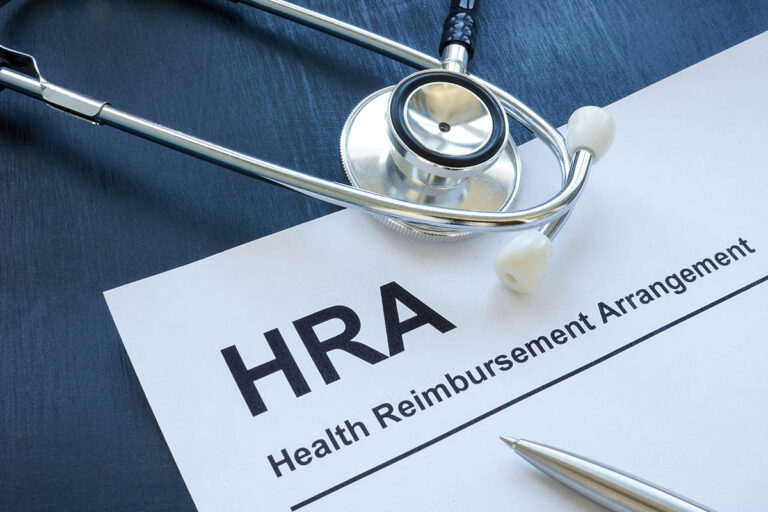When earthquakes, wildfires, tornadoes and hurricanes hit, employers turn to their property and casualty insurance policies. But these events impact employees, too. For this reason, no plan can be complete without disaster-ready employee benefits.
Disasters can be as hard to prepare for as they are to predict. And after the event, there’s the clean-up. For example, with severe flooding and high winds, hurricanes are consistently one of the most costly natural disasters impacting the United States each year; the average cost of a single domestic hurricane is around $21.6 billion.
With so much emphasis placed on the preservation of business operations, equipment and structures during an emergency, it can be easy to forget about the emotional and personal toll severe weather or another disaster can have on employees.
Be sure to have a fair and reasonable time off policy during severe weather warnings.
This is where effective, strategic ongoing communications and an up-to-date employee assistance program (EAP) come in. Here are three considerations to keep in mind when you’re reviewing your policies and developing disaster-ready employee benefits.
1. Are you thinking like an employee?
It goes without saying that it’s in both the employer’s and the employee’s best interest to keep business running as smoothly as possible before and after a severe weather event. However, your employees probably have a lot more on their minds than the business continuity plan you reviewed in your last staff meeting.
In fact, job insecurity and heavy workloads are two of the top contributors to workplace stress in America, and taking time off for storm prep can seem more daunting than finding supplies in a scarce supermarket.2
Be sure to have a fair and reasonable time off policy during severe weather warnings, and remain transparent about those offerings in the weeks and months leading up to the “busy season.”
2. Do your employees know their options?
Disaster recovery benefits should be part of your EAP, but your employees may not be aware they exist. Assistance finding or paying for medical treatment, mental health services or repairs can be costly, and investments in your employees’ ability to recover from disaster may reduce absence and disengagement after the fact.
After all, preparation for a storm or other emergency event also means preparation for the aftermath.
In the case of a storm, benefit managers should stay in touch with brokers or insurance carriers to confirm policies on pharmacy refills, as many will change depending on the predicted severity of the storm. Some might even have a severe weather hotline to answer questions. This way, employees with chronic conditions or who require maintenance medications can have more than a week’s supply on-hand in case of an emergency.
Telemedicine offerings should also be clearly communicated, as these can be a lifeline for employees unable to travel or dealing with mandatory curfews.
3. Have you been communicating effectively all year?
Emergency preparedness meetings for employees are important, but don’t wait until weather forecasters are predicting an impending hurricane to speak to your workforce. Conduct informational meetings at a time when employees can focus on the information. I know HR managers who recommend that employees carry laminated copies of policy and medical information, a useful detail to relay in a meeting.
Ongoing employee education and communication strategies throughout the year can also eliminate unnecessary last-minute scrambling. This is especially important if you are offering a life insurance benefit or include will-drafting assistance in your EAP, as these can be filed in advance for added peace of mind.
When it comes to crisis communications and work-related announcements, it’s best to contact your employees through the channels they are most comfortable with during day-to-day operations, whether that be email, phone or text message.
Any natural disaster will create stress in and out of the office, but how we prepare for and respond to those incidents can help build a strong, confident workforce that is ready to rise to the occasion.





